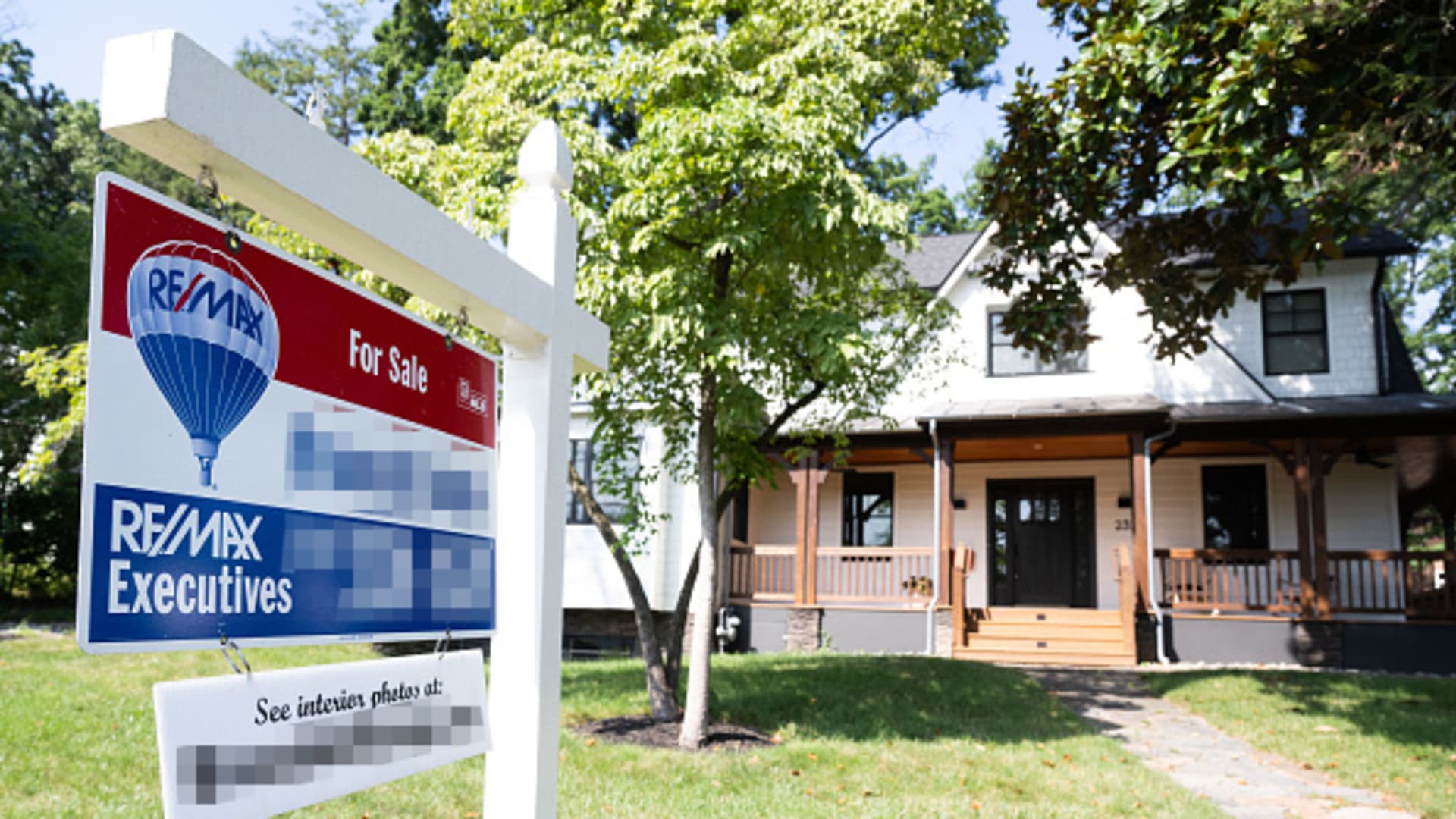Home prices in May rose for the fifth straight month on the S&P CoreLogic Case-Shiller home price index, but regional differences are widening.
The gains come despite a sharp jump in mortgage interest rates during the month.
Prices nationally rose 0.7% month to month, seasonally adjusted. The index’s 10-city composite gained 1.1%, and the 20-city composite gained 1%.
Prices nationally were still down 0.5% compared with May 2022, but they are just 1% below their June 2022 peak.
The 10-city composite fell 1%, year over year, slightly less than the 1.1% decrease in the previous month. The 20-city composite dropped 1.7%, the same as the annual decline in April.
“Home prices in the U.S. began to fall after June 2022, and May’s data bolster the case that the final month of the decline was January 2023,” said Craig Lazzara, managing director at the S&P DJI. “Granted, the last four months’ price gains could be truncated by increases in mortgage rates or by general economic weakness. But the breadth and strength of May’s report are consistent with an optimistic view of future months.”
Lazzara, however, noted that “regional differences continue to be striking,” with cities in the so-called Rust Belt outperforming the rest of the nation. Prices in Chicago gained 4.6%; in Cleveland, 3.9%; and New York, 3.5% — making for the top performers. The Midwest took over the South’s reign as the strongest region.
“If this seems like an unusual occurrence to you, it seems that way to me too. It’s been five years to the month since a cold-weather city held the top spot (and that was Seattle, which isn’t all that cold),” added Lazzara.
Of the 20-city composite, 10 cities saw lower prices in the year ending May 2023 versus the year ending April 2023 and 10 saw higher prices.
Cities in the West, where prices had inflated the most, were the worst performers in May. Seattle, down 11.3%, and San Francisco, down 11%, were the worst.
Prices are rising again because supply is still very low. Current homeowners are reluctant to sell, given that most are paying mortgage rates that are less than half of today’s rates. Demand returned after the initial jump in mortgage rates, as buyers seem to be getting used to a new normal.
“The housing market remains unaffordable for many buyers, but some areas are seeing high levels of competition as a result of low for-sale inventory,” said Hannah Jones, research analyst with Realtor.com. “Limited existing home stock means many markets are seeing competition reminiscent of the last few years.”
